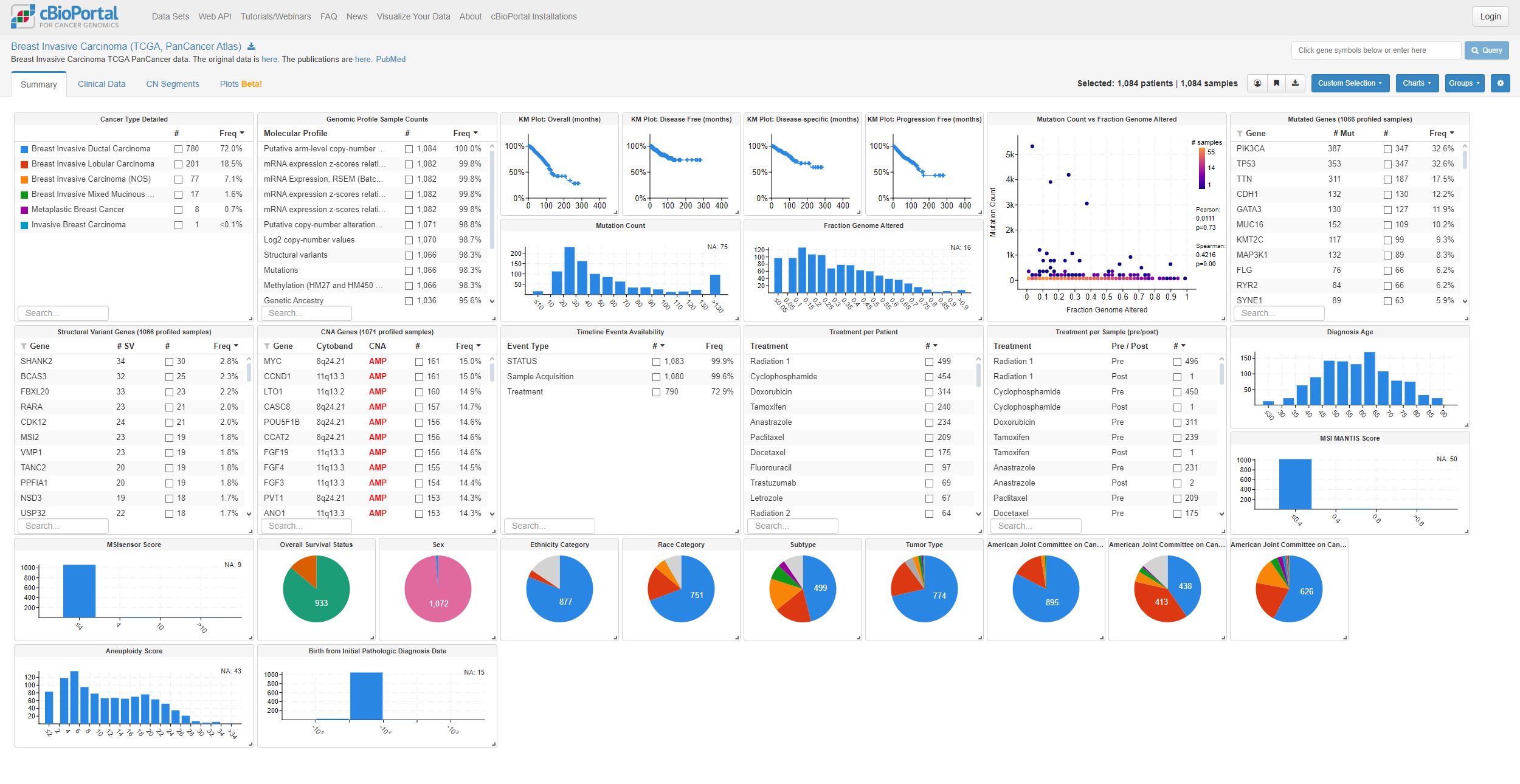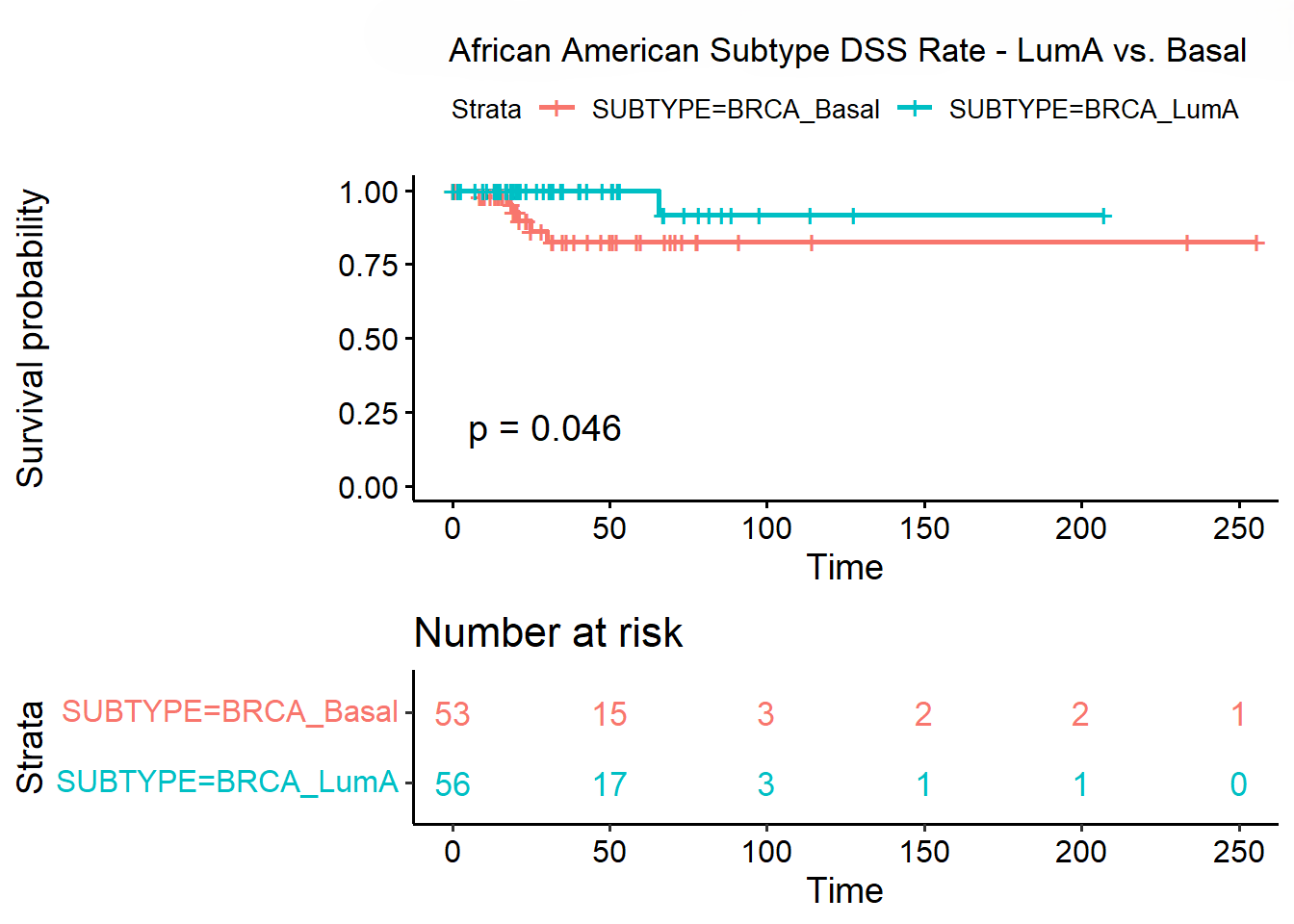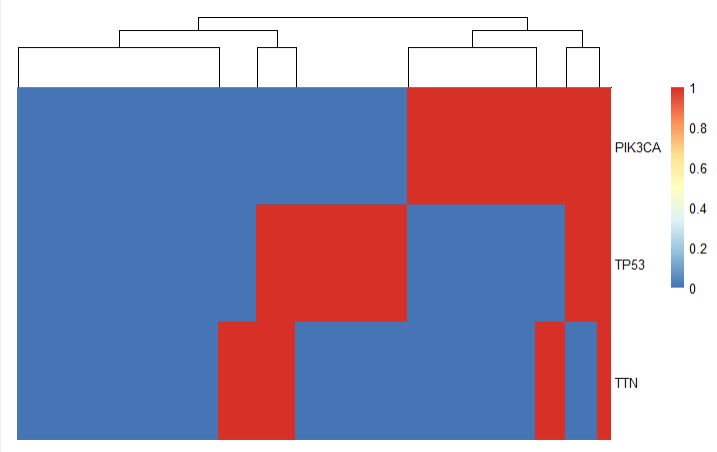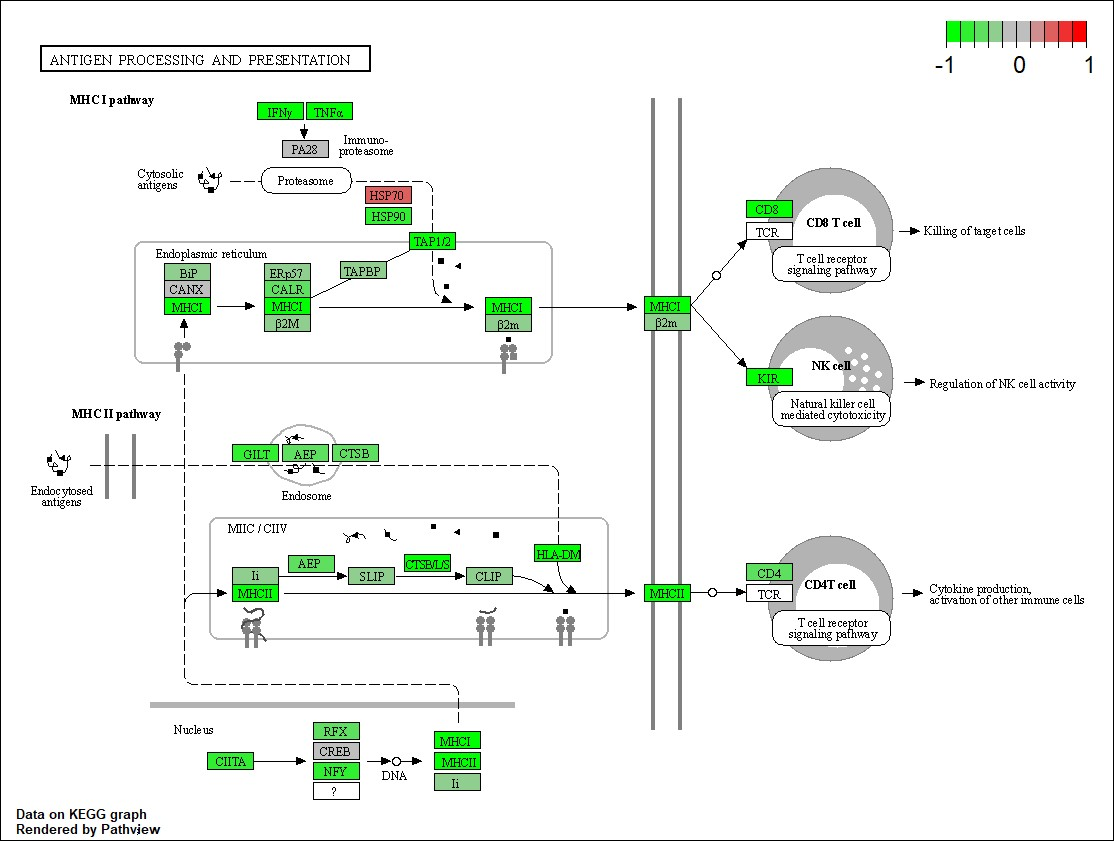Background & Overview
This study investigates the genetic and clinical characteristics of breast cancer, focusing on mutations within BRCA genes. Utilizing data from The Cancer Genome Atlas (TCGA), the research employs unsupervised learning to identify highly transcribed genes and to analyze factors affecting patient survival outcomes. Key insights are gained into pathways critical for tumor growth, such as cell cycle regulation and NK cell-mediated cytotoxicity.
1.0 Study Objectives
- Identify frequently mutated genes.
- Examine the impact of these genes on biochemical pathways.
- Determine patient demographic characteristics influencing survival.
- Explore possible therapeutic targets through pathway dysregulation insights.
2.0 Methodology
2.1 Data Collection & Preprocessing
Three TCGA datasets (mutation, clinical, and RNA sequencing) were used. Preprocessing filtered for high-impact mutations. Analyses included:
- Kaplan-Meier Survival Analysis: Survival by demographics.
- Mutation Analysis: Mutation frequencies, oncoplots, clustering.
- Differential Expression Analysis: Gene expression differences across clusters.

2.2 Clustering & Pathway Analysis
Patients were clustered into four groups by mutation profiles. Clusters were compared across demographics, clinical outcomes, and pathway activity.
3.0 Results
3.1 Clinical Summary
- Demographics: Most patients were White females, with subtype variation.
- Survival Outcomes: Significant subtype differences, with worse outcomes in African American patients with Basal subtype.



3.2 Mutation Analysis
Frequent mutations occurred in PIK3CA, TP53, and TTN, with missense mutations most common. Oncoplots highlighted four mutation-based clusters.

3.3 Pathway Findings
- Cell Cycle: Downregulated in some clusters, reflecting tumor growth impact.
- NK Cell Cytotoxicity: Varied across clusters, relevant for immunotherapy.
- Antigen Processing: Linked to immune response and potential therapy targets.



4.0 Discussion
- Demographics: Subtype differences across ethnic groups align with prior research.
- Therapeutic Implications: NK cytotoxicity and cell adhesion molecules are promising therapy targets.
5.0 Limitations
Hierarchical clustering struggled with overlapping gene activity between subtypes. Future studies should refine clustering methods for clearer subtype resolution.
6.0 Conclusion
This study highlights genetic and pathway differences in breast invasive carcinoma. Findings suggest targeted therapies should consider subtype-specific pathway dysregulation.
📄 Download Full Report